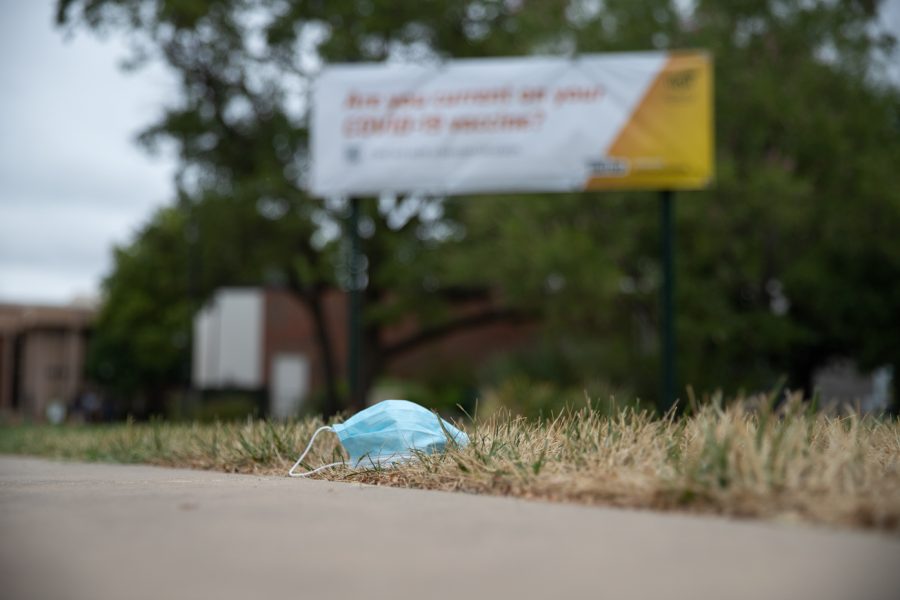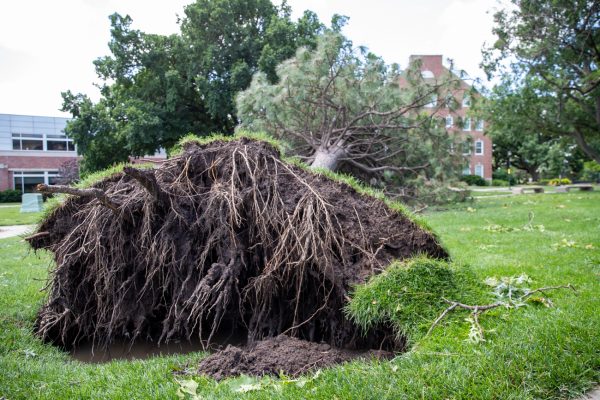Monkeypox and COVID-19 cases climb higher around the world as fall semester approaches
As the semester approaches, COVID-19 cases rise, while a new outbreak emerges: Monkeypox. These viruses raise questions about safety and health.
With COVID-19, a majority of the infected can have little to no symptoms and can carry the virus without knowing they have/had it.With Monkeypox, though, visual symptoms are incredibly common, such as rashes.
In June, Centers for Disease Control and Prevention (CDC) and President Joe Biden deemed Monkeypox a “public health emergency.”
Several regions of Africa began reporting the virus a few months before – in May.
This July, the CDC reported 2,900 cases of Monkeypox in the U.S. Now, the numbers have climbed to over 10,000 in the country.
Kansas currently has two confirmed Monkeypox cases.
So far, it seems that homosexual men are more likely to catch the virus; however, this simply calls for safer sexual practices. Monkeypox is not a STD or STI.
How can students stay safe amidst these two health concerns?
The most important things students can do is learn about these viruses and practice safe habits. For instance, washing your hands often and keeping a hand sanitizer clipped to your school backpack can help eliminate germs.
Wearing a mask can help prevent the spread of COVID-19. Monkeypox is usually spread with skin-to-skin contact but a mask could help prevent the spread of Monkeypox through respiratory secretions.
“I have faith that the school will implement safety measures if numbers get really bad,” Jaiden Yonash, a marketing and entrepreneurship major, said.
Keep in touch with the news to see what cases continue to look like for both of these concerns: is there a rise in cases near where you live?More information on these two viruses can be found on the CDC website.

Piper Pinnetti is the Opinion Editor for The Sunflower. This is her fourth year on staff, and she has previously designed content for social...









